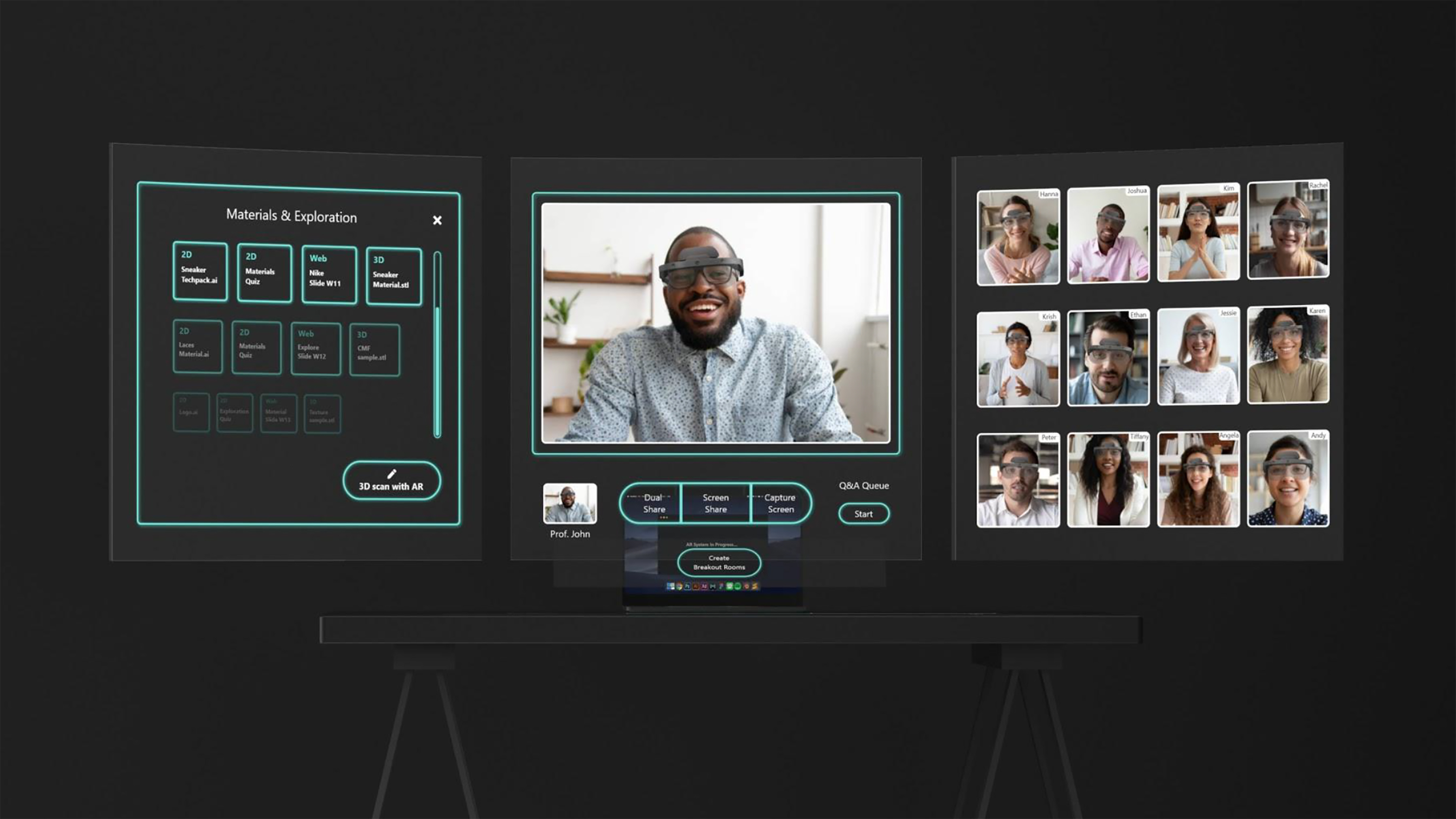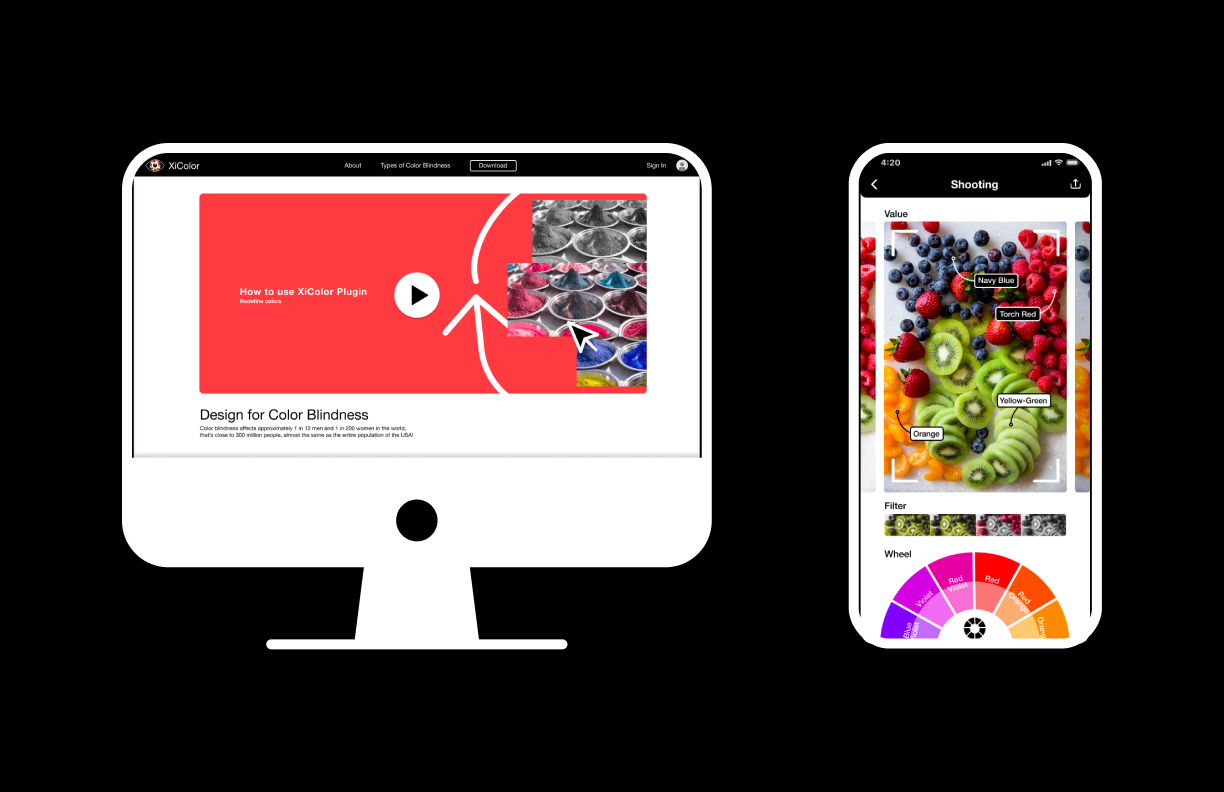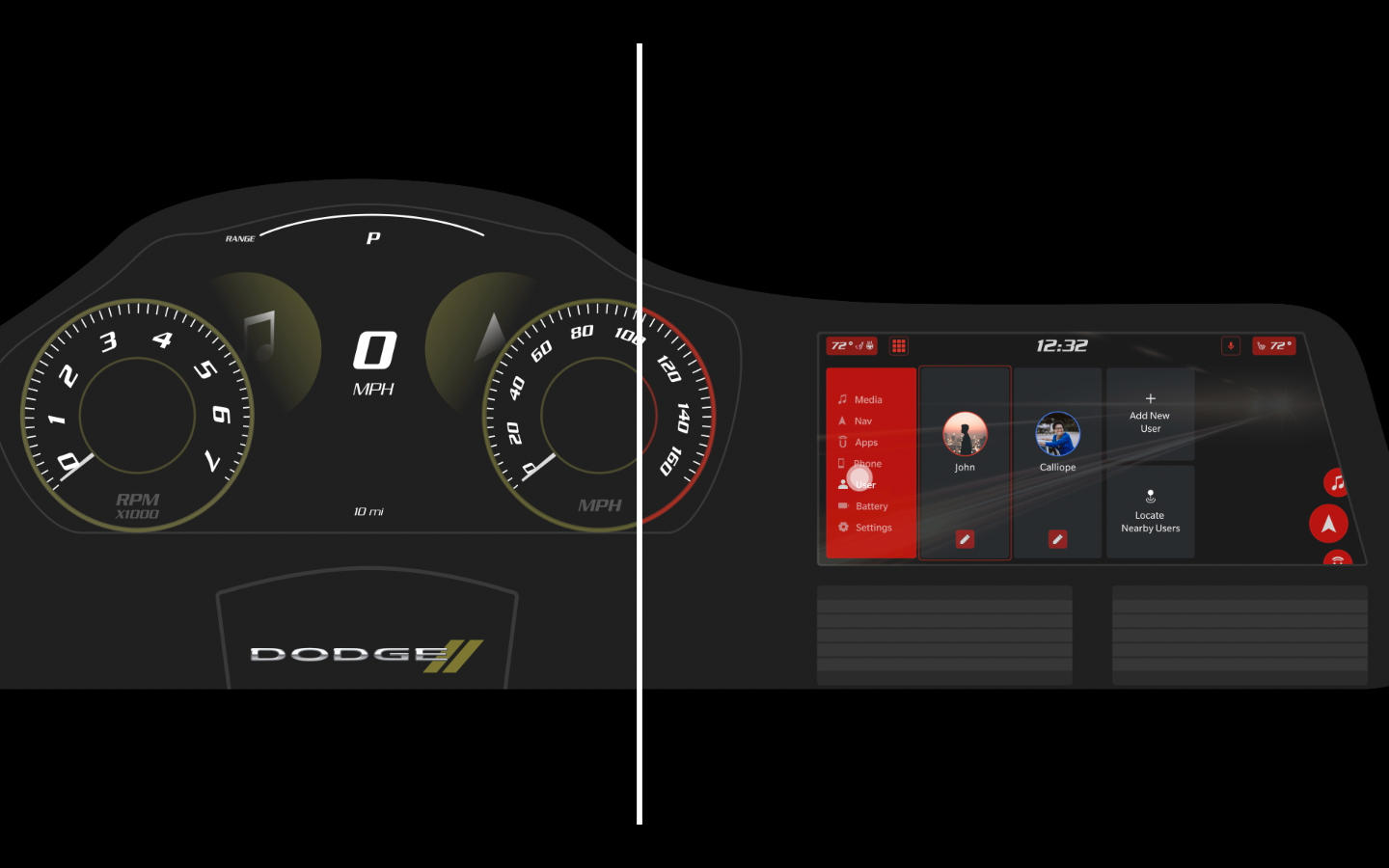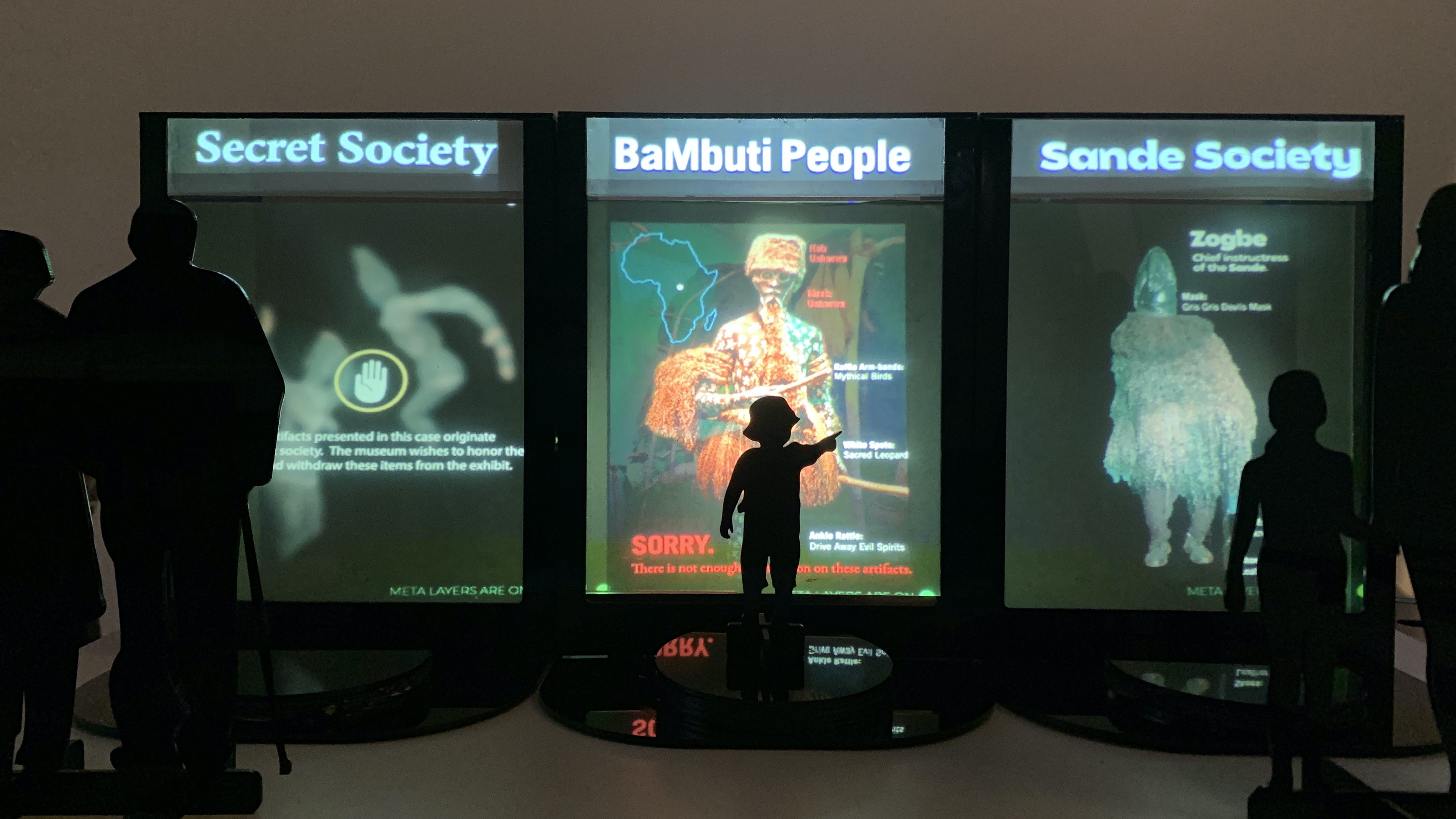
Meta Layers
The Team
Dominique Rivero, Expereince Designer
William Sancho, Product Designer
Yusheng Yang, Product Designer
William Sancho, Product Designer
Yusheng Yang, Product Designer
Introduction
We were tasked with redesigning the Hall of African People at the American Museum of Natural History. Throughout the years the hall has been neglected with their current displays representing a one dimensional perspective. Our team created case models to demonstrate how our added Meta Layers can highlight the complexities and diversity of Africa's past and present.
What is a Meta Layer?
met·a lay·er
/ˈmedə/ /ˈlāər/
/ˈmedə/ /ˈlāər/
Layers that are added to static objects to bring them to life, creating an interactive experience.
We have utilized this technique to both display the past and present exhibit with added Meta Layers.
This allows the audience to come to their own conclusions about the various narratives in the Hall.
We have utilized this technique to both display the past and present exhibit with added Meta Layers.
This allows the audience to come to their own conclusions about the various narratives in the Hall.
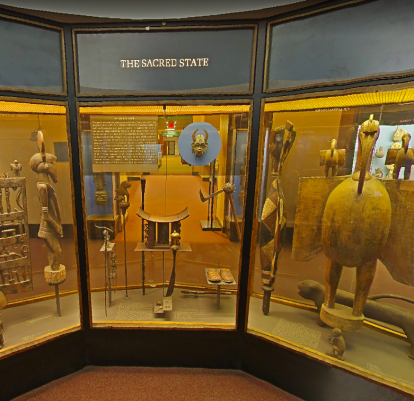
The museum currently displays its objects as static with little to no interaction within a case. This gives the audience nowhere to understand what these objects actually mean and represent, rather they look at them as objects from our past that are unrecognizable.
With 65% of our population being visual learners they need to see, hear, and feel how these objects came to where they are today to fully understand the richness of their history. But with our added Meta Layers, we plan to bring these cases with static objects back to life to create an experience like no other before.
With 65% of our population being visual learners they need to see, hear, and feel how these objects came to where they are today to fully understand the richness of their history. But with our added Meta Layers, we plan to bring these cases with static objects back to life to create an experience like no other before.
Immersive museum experience with an emphasis on religion

We intend for the audience to experience the differences between Africa’s various religious beliefs. Educating them through the richness of our added meta layers.
“Highlighting the importance of hiding specific artifacts in respect to the religions that they were looted from.”
***adding meta layers***
Selected Interaction
We ask the audience to step up to each case in order to view the contents within it. Requiring the audience to physically step up and interact with each case rather than passing it by an ignoring it.
Projected Displays
We use projectors located all around the hall to create interactive experiences between each of the distinct religions within Africa. Using text, images, audio, and video to highlight how each object in a case should have been presented, but in a manner where they communicate to the audience the history and how it got here.
To conclude...
We respect where these artifacts came from and really highlight how lucky we are to be able to view them.
We intend to continue exploring new interactive ways that can immerse an audience into its environment.
